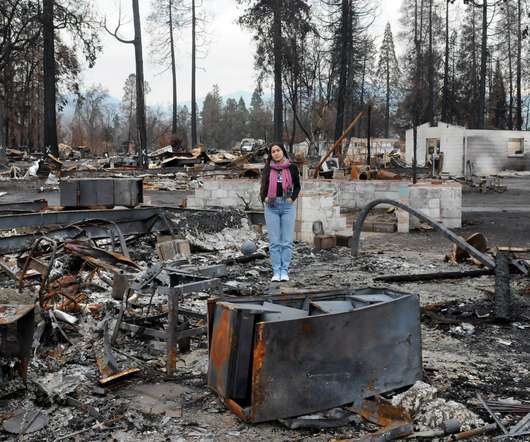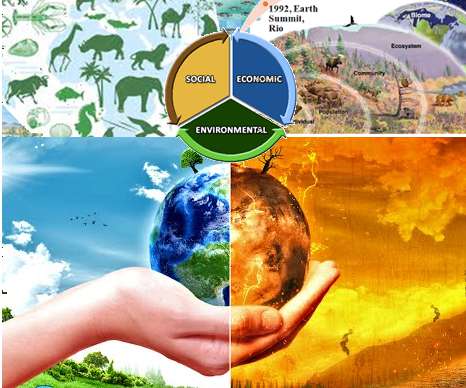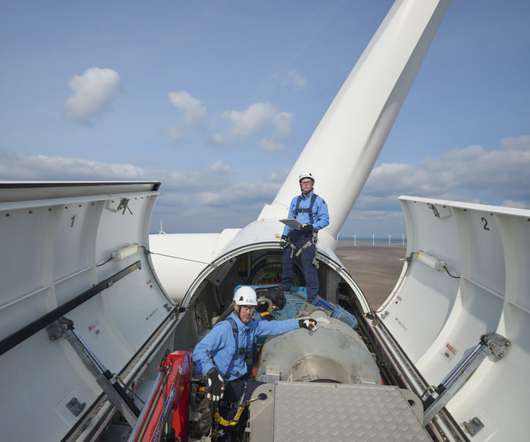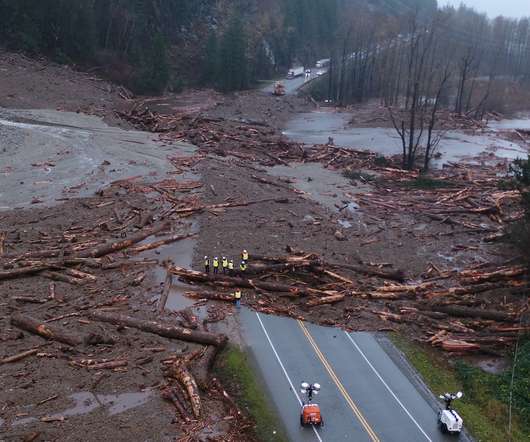Lessons from a year of reporting on climate solutions in Cascadia
Grist
DECEMBER 15, 2021
Renewable solar and wind power now typically costs less than fossil-fuel alternatives. The second most important target for green power is replacing fossil fuel use in buildings, especially growing use of natural gas for heating; in Vancouver, British Columbia, that causes nearly 60% of the city’s carbon pollution.
















Let's personalize your content